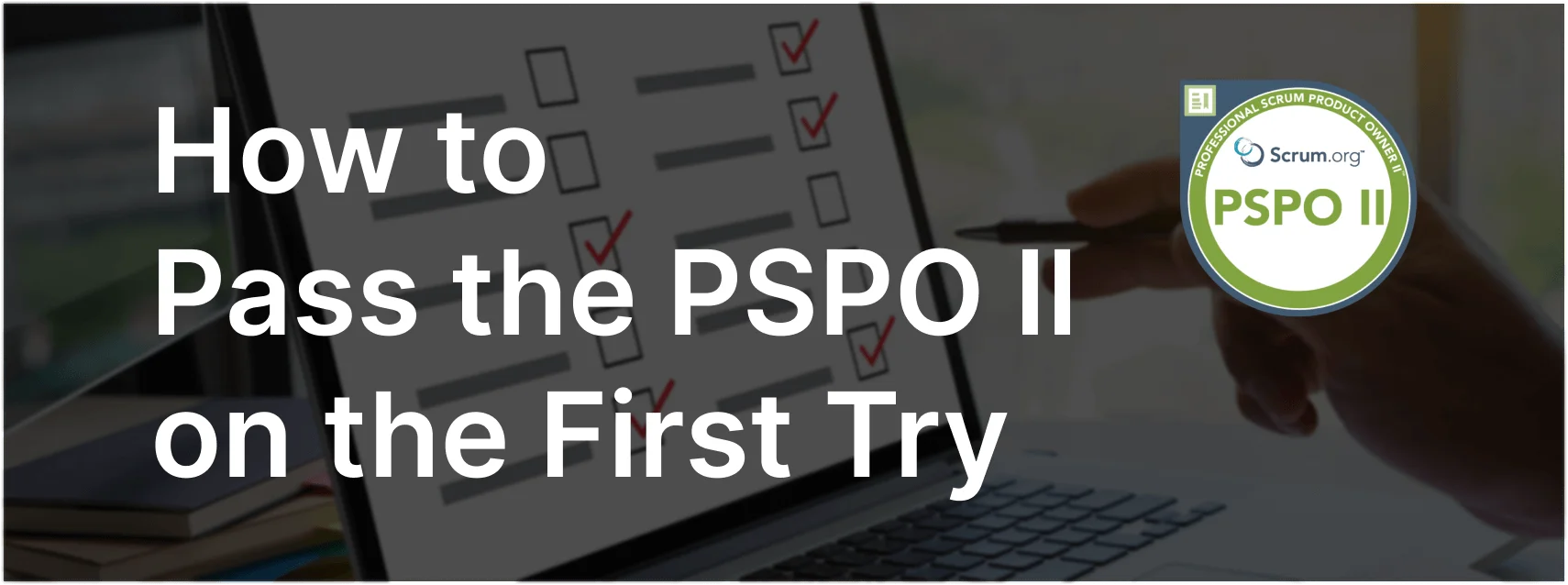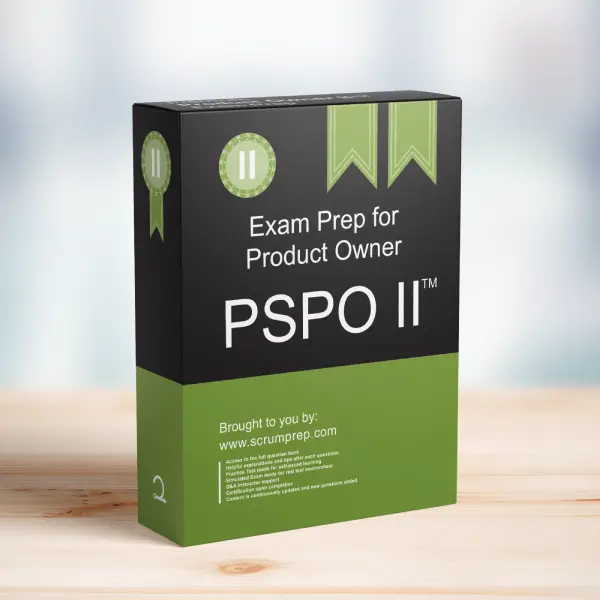Actions When Quality Assurance Criteria Are Not Met
As a Product Owner, it is crucial to ensure that each Increment meets the quality assurance criteria defined in the Definition of Done. This article explores the appropriate actions and implications when these criteria are not met for the latest Increment.
Exam Question
As a Product Owner you become aware that the quality assurance criteria, defined in the Definition of Done, were not met for the latest Increment. Which of the following statements are true?
(choose the best four answers)
A. The Scrum Team should not release the Increment.
B. The project manager cannot effectively update the plan.
C. The next Sprint may be interrupted when quality issues are encountered.
D. The indication of progress on the Product Backlog is not transparent.
E. The incomplete Sprint Backlog items should be returned to the Product Backlog.
Correct Answers
A. The Scrum Team should not release the Increment.
C. The next Sprint may be interrupted when quality issues are encountered.
D. The indication of progress on the Product Backlog is not transparent.
E. The incomplete Sprint Backlog items should be returned to the Product Backlog.
Explanation
Correct Answers
A. The Scrum Team should not release the Increment:
If the Increment does not meet the Definition of Done, it should not be released. Releasing an incomplete or low-quality Increment can lead to technical debt and reduce stakeholder trust.
C. The next Sprint may be interrupted when quality issues are encountered:
If quality issues from the previous Sprint are discovered, they may need to be addressed immediately, potentially interrupting the planned work for the next Sprint. This can affect the team’s focus and progress.
D. The indication of progress on the Product Backlog is not transparent:
When the quality assurance criteria are not met, the progress reflected on the Product Backlog is not transparent. It gives a false impression of completion and can mislead stakeholders about the true state of the product.
E. The incomplete Sprint Backlog items should be returned to the Product Backlog:
Items that are not complete according to the Definition of Done should be returned to the Product Backlog. They need to be refined and prioritized again before they can be worked on in future Sprints.
Incorrect Answer
B. The project manager cannot effectively update the plan:
Scrum does not have a project manager role. The Scrum framework emphasizes self-managing teams, and the Product Owner, Scrum Master, and Developers work collaboratively to plan and execute the work.
Responsibilities in Scrum
- Product Owner: Ensures that the Definition of Done is clear and adhered to. They also reprioritize and refine incomplete items returned to the Product Backlog.
- Scrum Master: Facilitates adherence to Scrum practices and helps the team address quality issues. They ensure that the Definition of Done is understood and followed.
- Developers: Responsible for adhering to the Definition of Done and ensuring that all work meets the quality criteria before it is considered complete.
Relevance to the PSPO II Exam
Understanding the implications of not meeting the Definition of Done and the necessary actions to address this is crucial for the PSPO II exam. It demonstrates knowledge of quality management and the importance of transparency and adherence to Scrum principles.
Key Takeaways
- Increments that do not meet the Definition of Done should not be released.
- Quality issues can interrupt the planned work for subsequent Sprints.
- Incomplete items should be returned to the Product Backlog for further refinement.
- Transparency in progress is crucial for accurate tracking and stakeholder trust.
Conclusion
Ensuring that each Increment meets the Definition of Done is essential for maintaining product quality and stakeholder trust. For more information on preparing for the PSPO II exam, visit our PSPO II Exam Prep.



